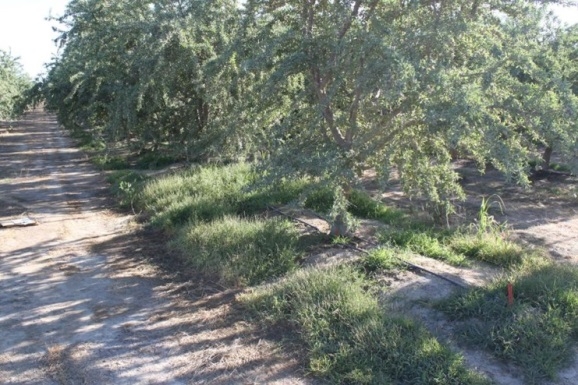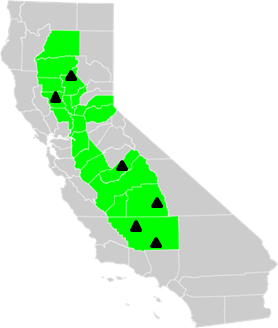Each of us have the entire blueprint for our bodies contained in every cell, and the same is true of plants. This information is stored in the form of an extremely long molecule known as DNA (in human cells its length is ~6 feet). Studying and understanding DNA in plants has led to many advances in weed science including; the development of herbicide- tolerant crop varieties, understanding the causes of herbicide resistance and understanding the origins and spread of weeds in our environment.

A common mechanism for resistance to glyphosate in weeds is a change in the DNA sequence that codes for the target protein of the herbicide. The target protein of glyphosate in plants is 5-enolpyruvylshikimate-3-phosphate synthase (EPSPS) and the change in DNA is a result of a naturally occurring mutation in the gene sequence. This mutation causes a small change in the shape of the protein which prevents glyphosate molecules from binding, allowing the plant to continue to produce proteins and survive application. Using molecular genetics tools to sequence and analyze the EPSPS gene in plants, we can detect if the EPSPS gene is the normal “wild type” or if alternate sequences (i.e. gene mutations) are present. When we look at this gene in junglerice populations collected in California, we find that all of the resistant populations contain a mutation and the susceptible ones do not. Interestingly, we found three different types of mutations among our populations of junglerice. This gives us important information about how the resistance started and how it may have spread.

Looking at this junglerice genetics information in a management context, the use patterns (frequent applications) of glyphosate in weed management are clearly selecting for resistant plants. This is evident in that the resistance we've observed in junglerice has occurred independently in different cropping situations across the Central Valley. These findings support a shift toward integrated weed management, with the use of multiple herbicide chemistries in a weed management program coupled with non-chemical approaches where feasible, in order to reduce this selection pressure and control escapes before a large seed bank can be built up.
The technology to study the genes of plant species has given weed scientists new tools to understand the origin, causes and spread of herbicide resistance. In the future we will continue to use these tools to understand many more aspects of weed science to help improve management strategies for growers in California and around the world.
Sarah Morran (smorran@ucdavis.edu) is a research scientist with Brad Hanson's lab (Dept. of Plant Sciences, UC Davis.)